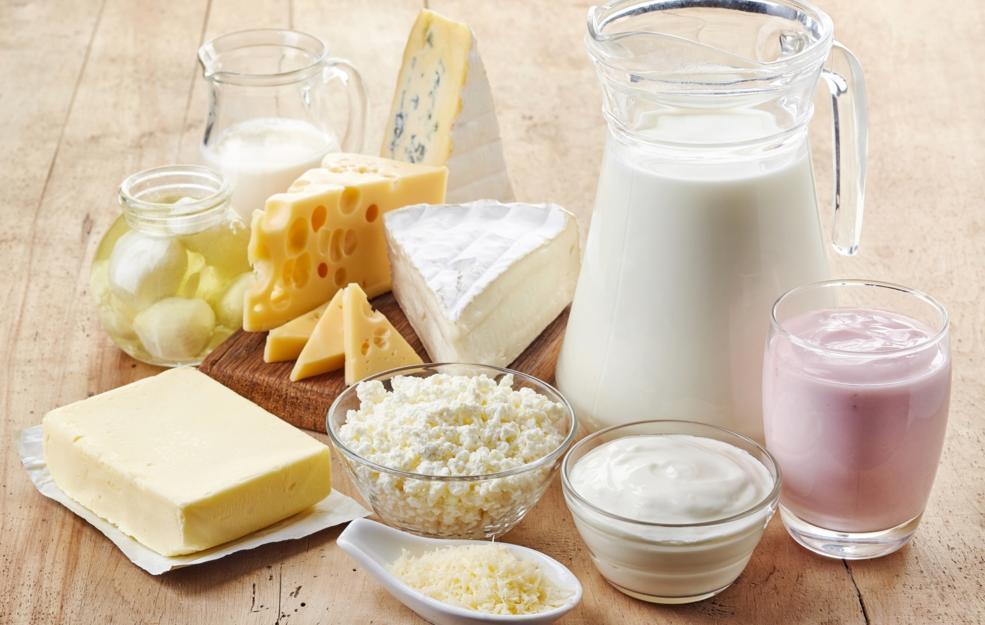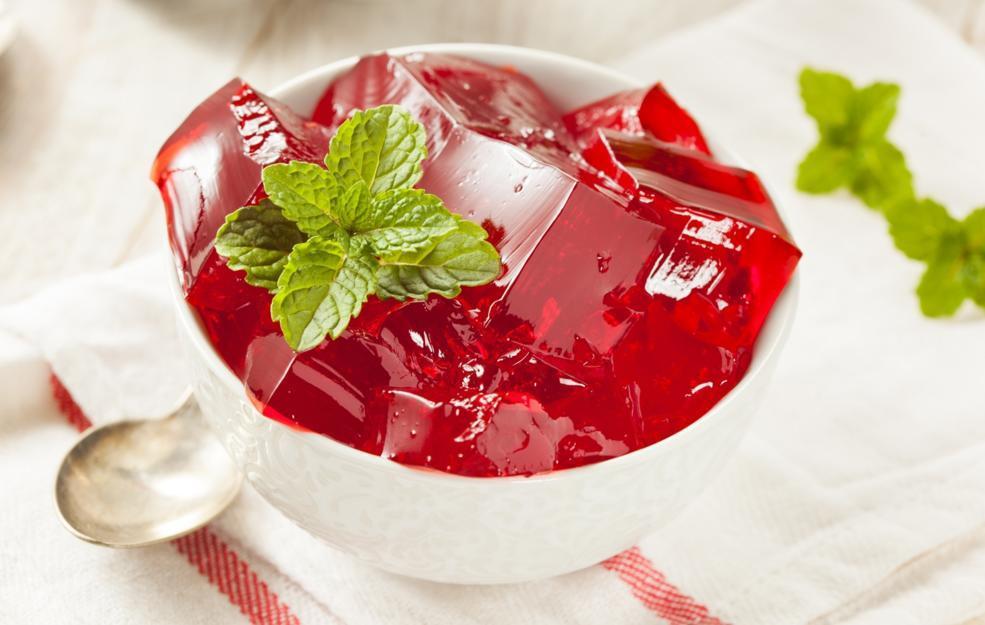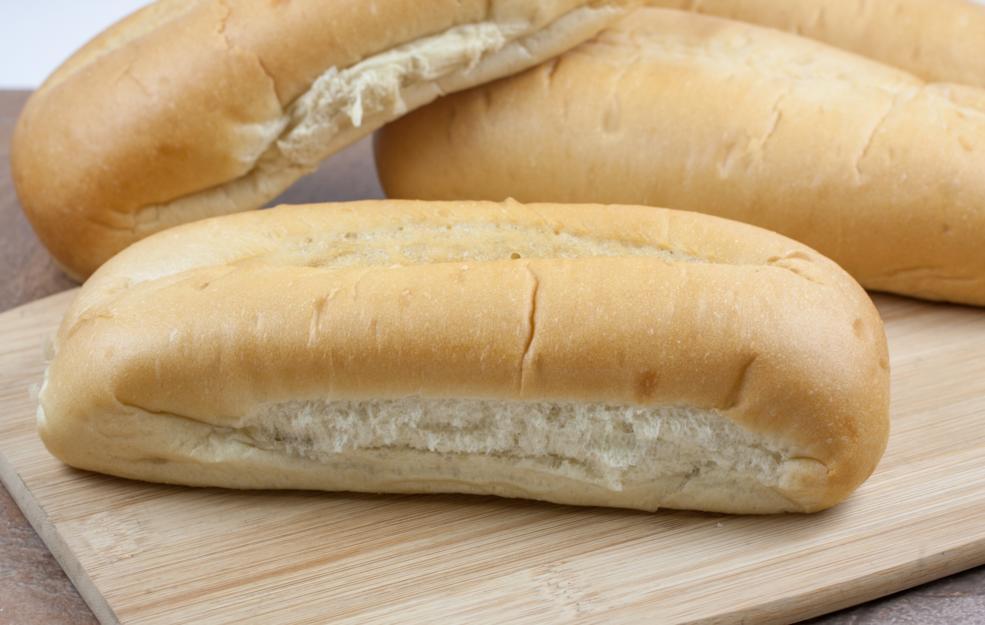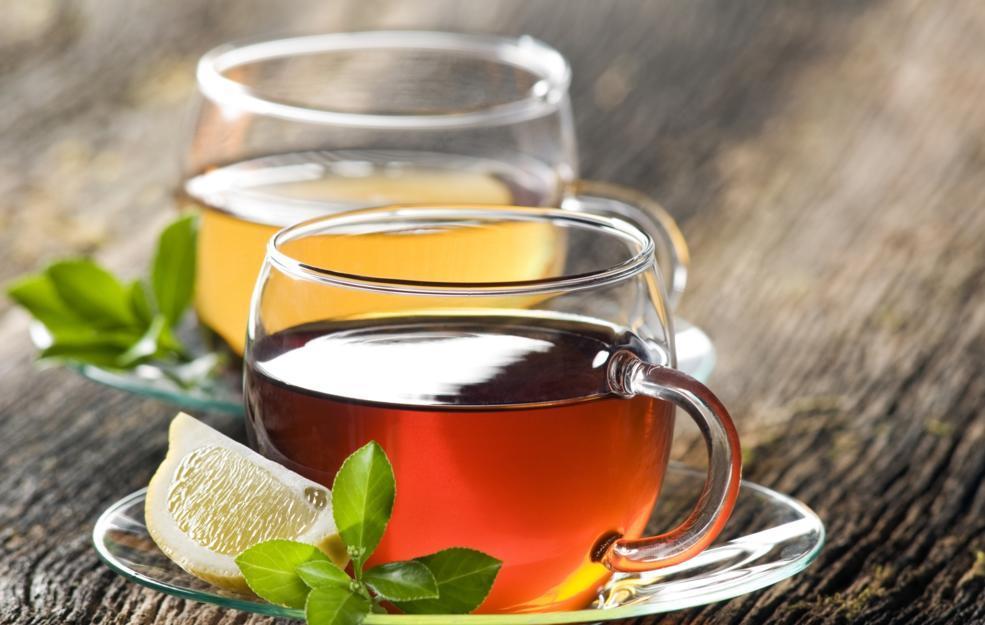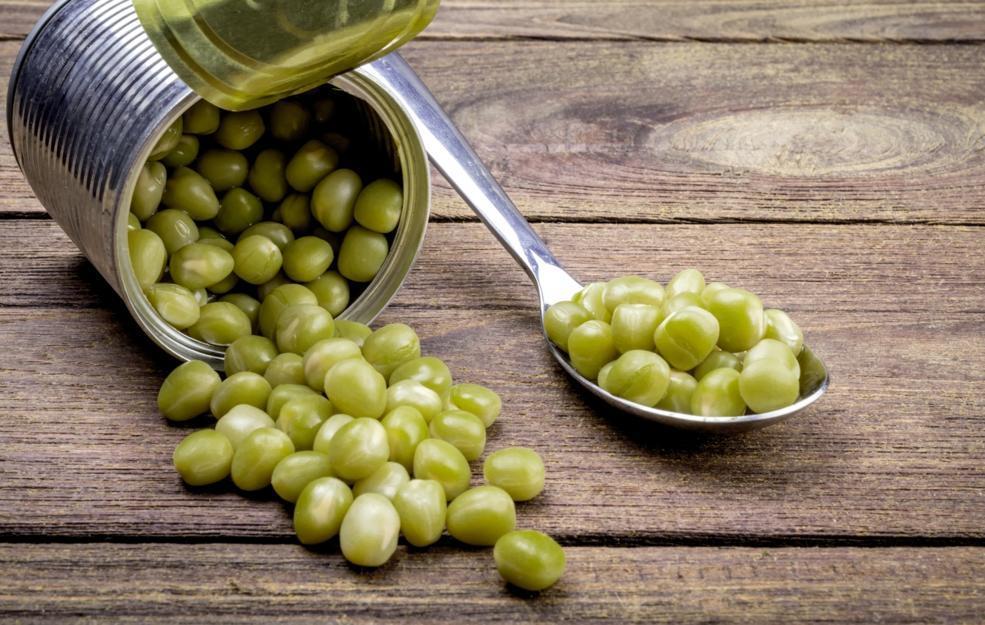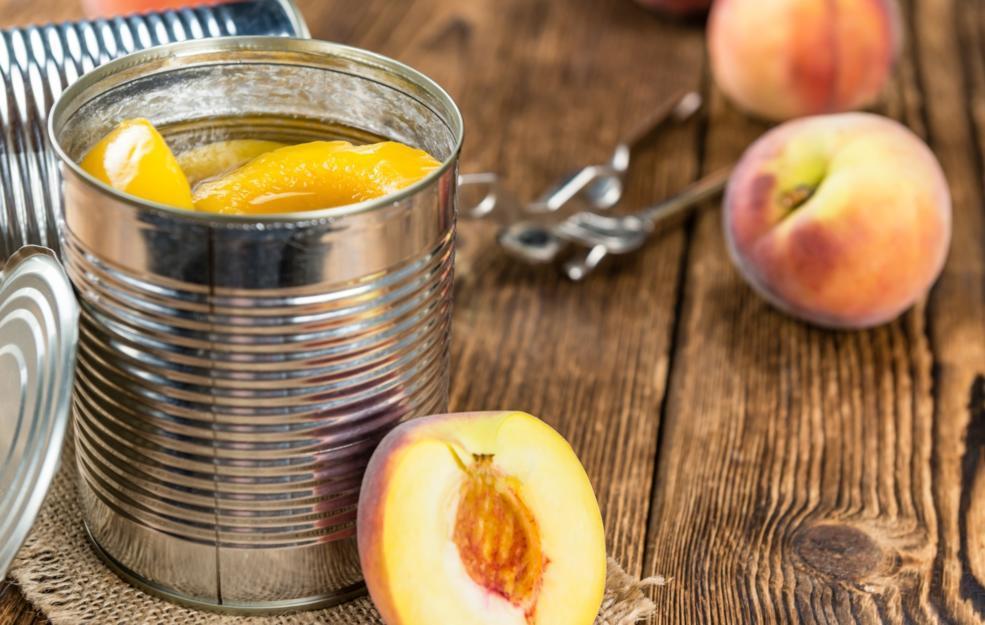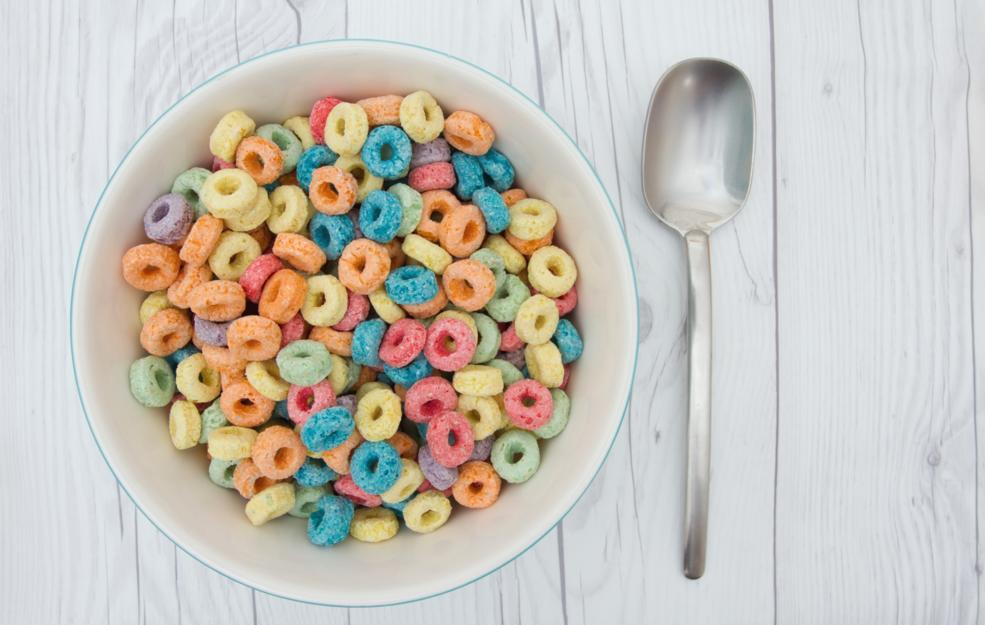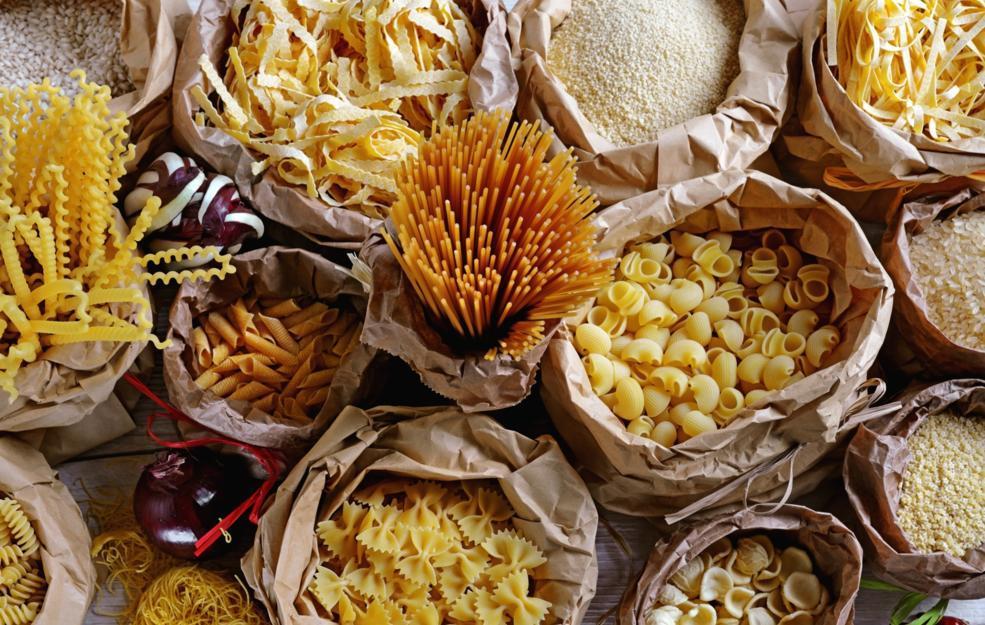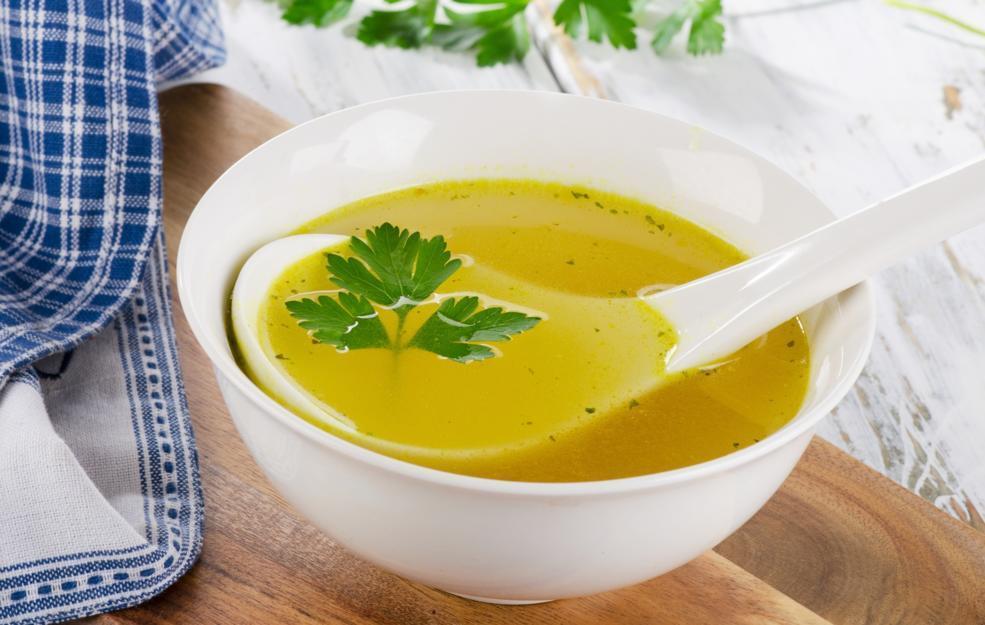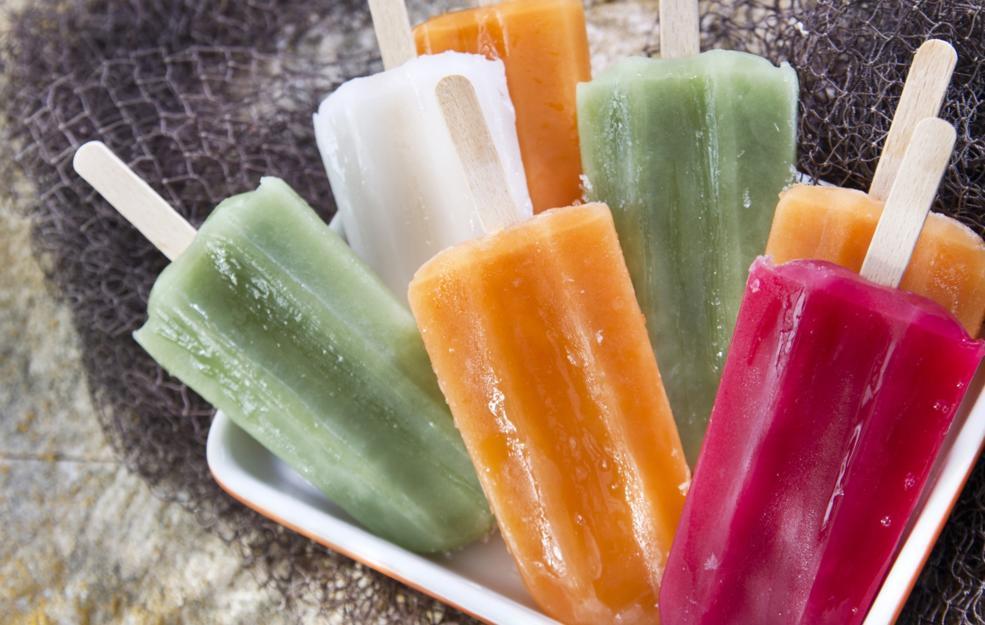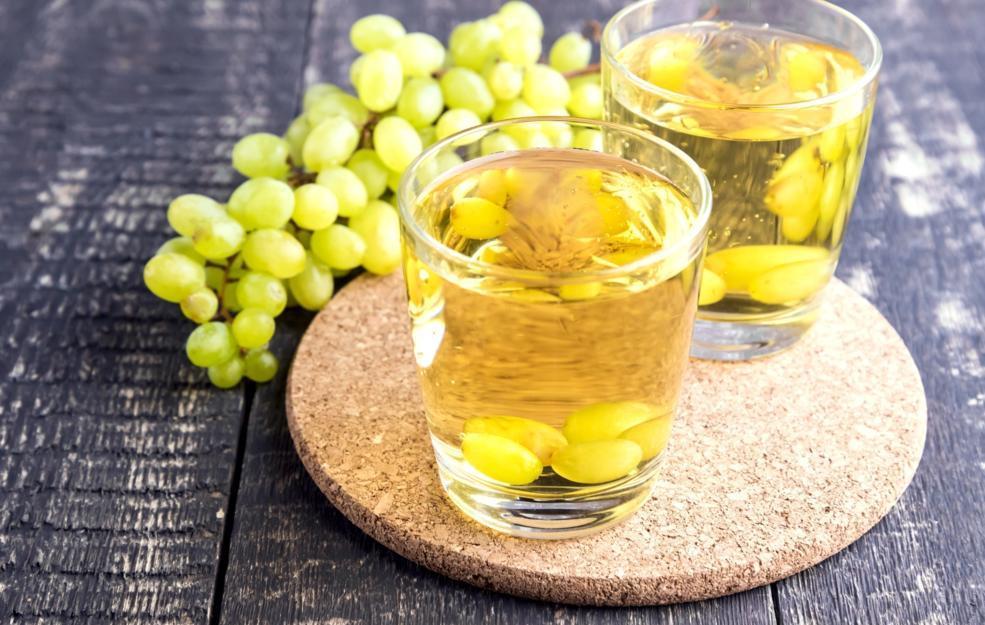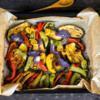What Is Diverticulitis: Can Diverticulitis Cause Serious Complications?
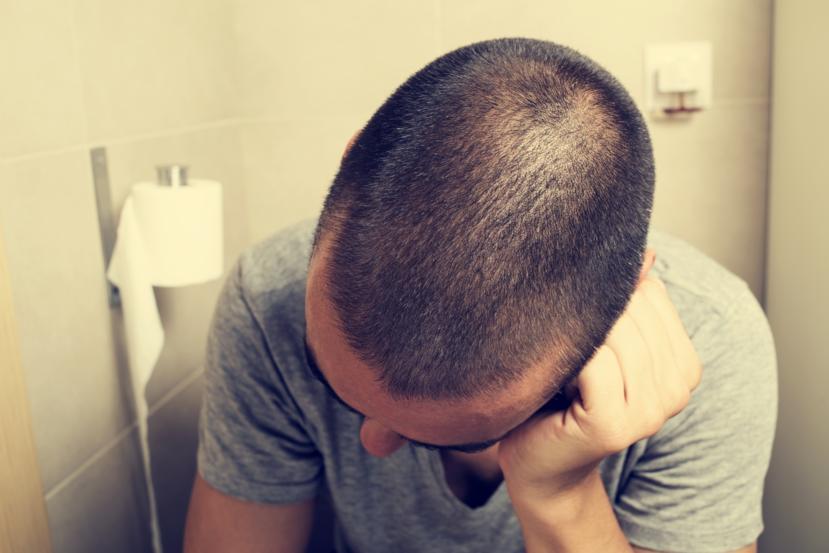
What is diverticulitis?
Diverticulosis is a condition that occurs when diverticula, which are structures like pouches, occur in the colon wall. When these pouches get infected or swell up, they lead to diverticulitis, which can be a very painful medical condition to deal with. Diverticulitis primarily affects the digestive tract as the digestive tract protrudes through certain spots in the outer layer of the tract.
Diverticula commonly occur in the large intestines, but they are not necessarily restricted to only the intestines and can occur even in other parts of the digestive tract. Diverticulitis could be one of the reasons associated with severe pain that occurs in the lower part of the abdomen, particularly on the left side. In some cases, it could also occur with some rectal bleeding. Diverticulosis is a curable condition, however, the risk of a recurrence of the condition is always there. Hence, when it comes to the management of the disease there are two parts, one being the disease itself and the second being the prevention of a recurrence of the disease.
This condition is so common that almost 10 percent of Americans who are above the age of 40 years are known to be affected by diverticulitis. This percentage only keeps increasing as they age. Sometimes when the condition gets serious, antibiotics may be required along with a basic alteration in diet.
A change in diet gives relief to many people as they feel better by limiting the intake of food that could result in inflammation, and by consuming more foods that are easily digested by the system.
Diverticulitis as a medical condition is very similar to plaques that clog arteries, except for the fact that these blockages are more towards the lower part of the large intestines.
Just like in the case of clogged arteries, it is crucial to clear the affected area first and then follow with a diet change. A similar form of treatment is recommended in the case of diverticulitis.
Sometimes, diverticula sacs can get clogged with fecal matter, which causes a serious build up of bacteria. This in turn causes an infection that can become severe.
When the sacs begin to grow, pressure grows on the walls of the intestines which results in pain, bloating, gas, and severe abdominal discomfort.
This pressure generally intensifies when one tries to pass bowels. Hence, in this condition, constipation turns into both a symptom as well as a resulting condition that only makes matters worse.
When this condition is neglected for too long, it could result in scarring of the digestive tract, where the scarred tissue could result in a partial or a complete blockage. Therefore, it is crucial that this condition is addressed and treated appropriately, either through medications or through alteration in diet.
What triggers diverticulitis?
The exact causes of diverticulitis are still unclear. However, one factor that is primarily associated with the occurrence of this condition is eating a low fiber diet. Lack of fiber in the body could lead to the occurrence of the sacs or diverticula. Eating a diet that is rich in fiber along with adequate fluid intake helps in softening the stool which is then easy to remove from the body.
A diet low in fiber can lead to bowel-related issues like constipation. Constipation, in turn, leads to excessive pressure being placed on the colon system to pass the stools which could eventually be the cause of diverticula. The condition worsens as the stool gets clogged into the pouches or the diverticula leading to infections that could be extremely painful to deal with.
Are you at risk of diverticulitis?
- Insufficient fiber intake: There are some people who do not eat adequate fibers and largely consume processed foods. Such people are always at a risk of acquiring diverticulitis. Taking supplements of fiber or eating fresh fruits, vegetables and grains that are rich in fiber is the best way to stay out of the risk zone. One should keep up their fiber intake to at least about 20 to 25 grams of fiber a day that comprises of almost five servings of a mix of fruits, vegetables and other fiber-rich foods.
- Constipation: Those suffering from chronic bowel conditions like constipation often are at a high risk of suffering from diverticulitis. Constipation ends up putting excessive pressure on the colon muscles when passing motions. When this pressure is continuous, then it ends up increasing the risks of diverticula in the colon system. Once the diverticula occur in the digestive tract, it increases the chances of bacterial infection as the stools accumulate within the diverticula causing swelling and infection in them.
- Being overweight: Obesity or being overweight can put you at a higher risk of suffering from diverticulitis. Those who are obese have a higher BMI as compared to the normal people. A higher BMI and increased waist size often leads to bleeding and diverticulitis.
- Age factor: As one age, the body starts facing several issues with the bowel system including constipation. Constipation is very commonly seen in people above 60 years of age, thereby putting them at a high risk of a diverticulitis condition.
What are the symptoms of diverticulitis?
Sudden or severe pain that occurs in the lower left side of the abdomen is considered to be the first sign of diverticulitis. The pain is sharp and severe and can worsen with days. Other signs of this medical condition include:
- Pain and tenderness in the abdomen, particularly in the lower left side of the abdomen
- Nausea or vomiting
- Bowel disorders or constipation
- High-grade or low-grade temperature
- Bloating, gas or acidity
- Loose motions or diarrhea
- Changes in appetite
- Bleeding from the rectal region
When should you see your doctor?
You would need to visit your doctor for a diverticulitis test as soon as you experience abdominal pain that is severe and unusual. The important sign of diverticulitis is that the pain is felt on the left side on the lower abdomen. Passing blood in the stool or sudden nausea and vomiting can also be warning signs that would require immediate medical intervention.
The symptoms can also be of other medical conditions and not necessarily diverticulitis. However, since these symptoms are not normal, they need to be immediately discussed with a doctor to rule out diverticulitis or other medical conditions.
Diagnosing diverticulitis
The diagnosis of diverticulitis includes first discussing your symptoms and other medical conditions with the doctor. The doctor may specifically aim at getting details about your diet, bowel patterns and fluid intake.
The doctor performs several physical checkups including checking your abdomen for the pain. The doctor may also suggest certain laboratory tests, including checking for blood in your stools. A blood test may be recommended to see in case your white blood cells are higher than the normal range as it could be indicative of an infection.
A CT scan is helpful in locating the exact location and extent of the infection that is causing diverticulitis. People suffering from heavy rectal bleeding may be recommended a procedure known as an angiography, which helps in identifying the exact source and cause leading to the bleeding. Other imaging tests like X-rays and ultrasound may also be suggested as a part of the diagnostic procedures.
Can diverticulitis lead to other complications?
Sometimes diverticulitis can result in some serious medical complications that could be difficult to treat. Most of these complications arise due to a tear or perforation that occurs in the intestinal walls. In case this happens, the waste materials that ideally should be excreted out of the body can leak into the abdominal region that surrounds the intestines. This can further create the following issues:
- An infection in the abdomen which is known as peritonitis and is extremely painful
- Abscesses which are also a form of infection in the abdomen
- Blockages and obstructions in the intestines causing difficulty in the normal digestion process
If the doctor diagnoses an abscess, then the fluid from the abscess may need to be removed through a needle insertion in the infection. In certain cases, a surgery may be required to get rid of the abscess and that may require a part of the colon to be removed. In case the infection spreads to the other parts of the abdominal region, then a surgery may be suggested to clean up the abdomen and remove a part of the damaged colon. In case peritonitis is not treated on time, it can be fatal due to high chances of the infection spreading.
Diet for diverticulitis patients
Eating the right kind of food is important for people suffering from diverticulosis or diverticulitis. Doctors often suggest for patients suffering from this condition to eat foods that are rich in fiber content.
According to the Dietary Guidelines for Americans, 2015–2020, fiber intake of 14 grams for every 1000 calories is recommended.
Can diverticulitis be treated?
People suffering from diverticulosis that does not show any specific symptoms may not require intense medication or treatments. They are asked to bring about some dietary changes that includes consuming a lot of fiber to prevent complications from arising out of diverticula. Antibiotics may be administered for more serious issues concerning bacterial infections. One should not consume laxatives on their own to treat the constipation as long-term and frequent usage of laxatives is also not good for health and can cause wear and tear. The doctor may recommend a specific line of treatment for the condition depending upon other health factors of the patient.
Healing diverticulitis with a natural approach
Diverticulitis can be healed naturally, using methods and supplements that internally clean the body and the digestive system. Be sure to speak with your doctor before attempting any home remedies for diverticulitis.
The treatment approach for diverticulitis primarily consists of the following steps:
Let your bowels rest
For those who are suffering from an intensified case of diverticulitis, particularly with a blockage in the bowel tract, a liquid diet can work out to be a great option. The liquid diet helps one eliminate foods that could be the underlying cause of inflammation, giving time to heal the infection and the swelling in the digestive tract and enhance the strength of the intestinal walls.
An elemental liquid diet also works well for those who are underweight or malnourished, or have conditions associated with intestinal bleeds, narrowing in the colon, or other blockages. You can easily find elemental liquid diet plans with the help of your physician that could be of great help when implemented along with a colonic massage that helps in healing diverticulitis.
Get rid of the bugs causing the condition
In any treatment plan, the most important step is to get rid of the germs or organisms that cause the disease. There are natural remedies in the form of oregano oil that can help in clearing out the disease-causing microorganisms from the digestive system.
After completing one round of system cleansing with oregano oil, people can move to the next level, which is supplementing good bacteria in the body that may have been removed in the clearing process. Probiotics are particularly helpful in getting back the balance of good bacteria in the body.
Healing intestinal inflammation and ulceration
Inflammation can reduce with the above two steps, which clean the digestive system and the ulcers. Herbal supplements are also very beneficial in the healing process and the overall treatment of the diverticulitis condition.
If your colon is inflamed, then along with the elemental liquid diet, aloe vera juice is known to be useful in the healing process. Probiotics also greatly contribute to the healing process of diverticulitis.
Detoxing your environment to eliminate the causes
Diseases often begin from the environment we dwell in. Therefore, a big part of the healing process of diverticulitis requires a deep cleansing of the environment around so as to reduce and remove the causes or the toxins that could possibly have led to diverticulitis. One needs to look for the small causes that could have resulted in the condition.
Listen to your body to understand the elements in your living environment that are going against the health of your digestive system. Simple things like the oil you use, the pans you use, and eating habits could be a factor of an unhealthy digestive system.
Harmful chemicals in foods and around the house are one of the leading causes of harmful bacteria and living organisms that lead to diseases like diverticulitis.
Understanding emotional causes that could be causing diverticulitis
Natural ways of healing diseases involve complete introspection of the life we live. It not only forces us look into the physical aspect of our life, but also the emotional side.
Natural healing methods may not work until the root causes: physical, psychological, and emotional, are addressed. Avoiding stress is a great way to prevent disease complications.
Addressing deficiencies
Most people suffering from diverticulitis experience some form of nutritional deficiencies which need to be catered to. Otherwise, they can translate into other problems. This is also important because all foods cannot be absorbed by the body of people suffering from diverticulitis, due to erratic bowels.
Vitamins like D3, Omega 3, vitamin C, iron, and calcium all need to be consumed in appropriate amounts to replenish the lost minerals from the body. Speak with your doctor to get blood testing done to figure out what nutrients you need the most.



